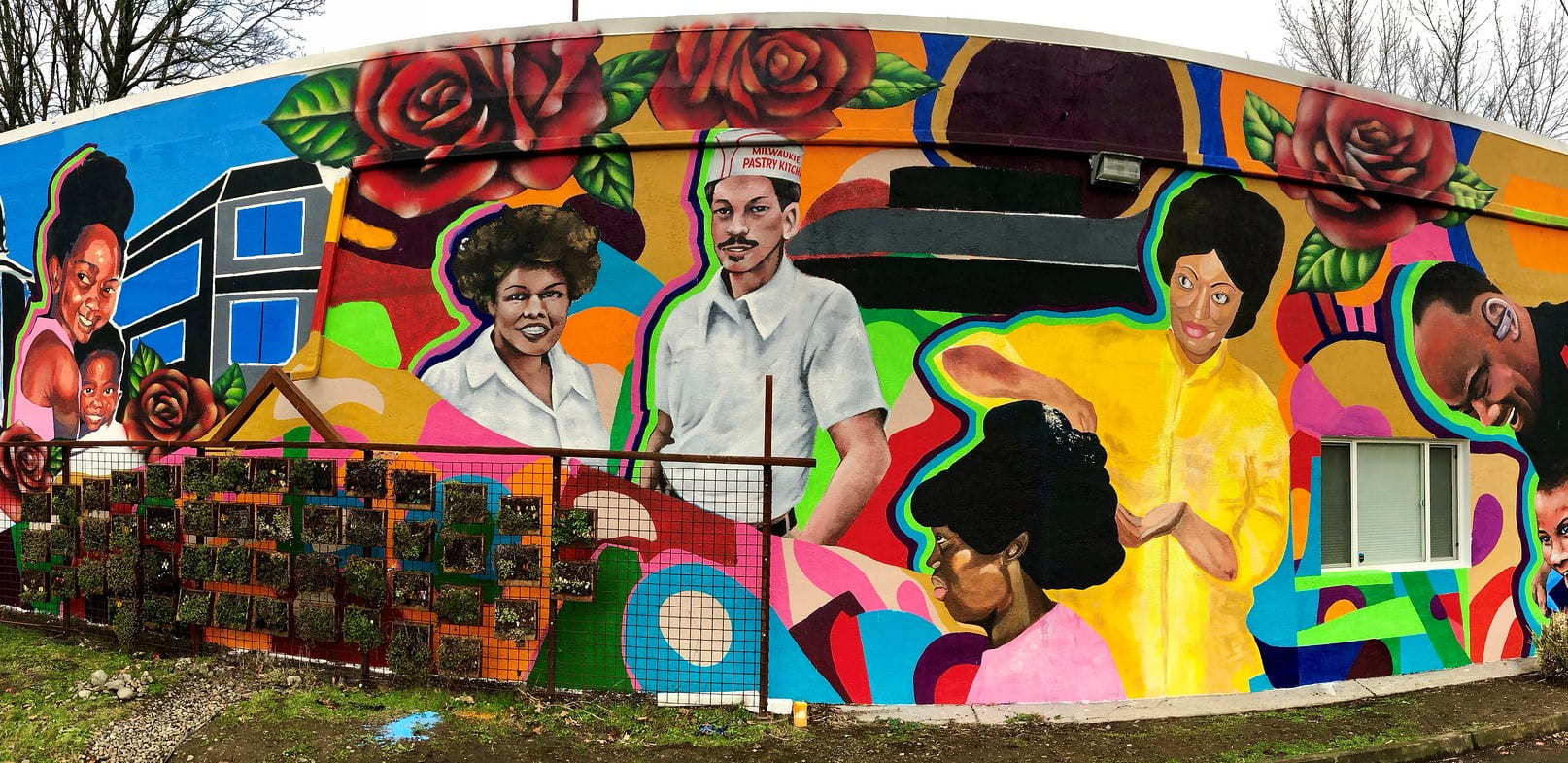By Hsin-Hui Cheng
When thinking about ways to address the impacts of misinformation in society, there’s often a focus on techno-solutionist remedies. And while those might seem capable of offering easy fixes, community-based approaches to misinformation also should be leveraged to respond to forces that sow discord, confusion and uncertainty in our information environments.
In “Community Approaches to Misinformation,” the fourth and final in a series of virtual lectures jointly presented by the University of Washington‘s Information School and Center for an Informed Public, Chris Coward and Jason Young shared research insights about how misinformation impacts the social and political well-being of communities and ways to leverage partnerships within those communities as part of the solution.
In the Jan. 13 lecture, Young, a CIP research fellow and senior research scientist at the Technology & Social Change Group, brought up an important notion about misinformation: Think of it as more than just the falsehood of information.
“… [W]e view misinformation studies not only as a set of incorrect facts but also as kind of a colonizing knowledge and value system that’s designed to undermine some of our basic values as a community like trust in institutions, trust in sciences, public debate, even impacts on our own families,” said Young, a geographer who has researched social and cultural implications of information and communication technologies in Indigenous communities, including in the Canadian Arctic.
Since misinformation can leverage social media platforms — where content can elicit strong emotional reactions from their users — and the social and affective needs of people, Young said that misinformation has built value and identity-based narratives that can pit communities and their members against one another.
That is why Young expressed concern about the limitations of some truth-based interventions including fact-checking and literacy programs. While those approaches focus on minimizing falsehoods and recovering truths, they don’t necessarily solve the problem of eroding trust and other values.
Young explores this in greater detail in “Disinformation as the weaponization of cruel optimism: A critical intervention in misinformation studies,” a paper recently published in the journal Emotion, Space, and Society. “Media literacy, for example, can become a threat to our affective health if it leads us to truths that undermine what little political community we have left. Technical interventions, such as the censoring of misinformation on social media platforms, may fuel more resentment and conspiracy theories when they threaten narratives that support feelings of community,” Young wrote in the paper.
What kind of approaches can communities use to better address misinformation? After understanding how much affective elements that can influence one’s feelings and emotions weigh in the formation and pervasion of misinformation, Young suggested trying to counter it at the affective level, where communities can come in and take the lead. Communities have shared history, commitment, and a sense of “affective belonging,” Young said, which can be leveraged not only to help preserve their cultural information and values but also to build their social-economic and emotional health so they are resilient when facing undermining forces.
During the Jan. 13 lecture, Coward, a CIP co-founder and senior principal research scientist at the iSchool, also used libraries as an example of the role of organizations within communities in shaping misinformation interventions.
“Public libraries are tremendous assets that sometimes are overlooked,” Coward said. “They are institutions with community trust, more so than the media, government, even by some studies more than families and friends. And they have information professionals or librarians who have professional training and background in being able to help people navigate information successfully.”
Developing community-based interventions is complex. During the lecture, Coward and Young shared several questions raised in the case study of libraries, such as how to effectively plan community-focused programming to address misinformation, how to situate misinformation within other problems impacting communities, and how communities and community organizations can engage in these issues without jeopardizing their public standing and financial sustainability. Nevertheless, it is also because of this complexity that they can provide a more comprehensive solution to tackle misinformation.
“Community solutions are harder than technical solutions alone, but they can offer a more transformative impact along the way,” Young said.
- WATCH: Chris Coward and Jason Young | “Community Approaches to Misinformation”
- RELATED: Chris Coward | “‘You have to hide the vegetables’ — The need for new directions in misinformation programming”
Top image: A mural in the Albina neighborhood of Northeast Portland, Oregon by wiredforlego via Flickr / CC BY-NC 2.0



